Taking the High Road: Acute Mountain Sickness Exposed
Taking the High Road: Acute Mountain Sickness Exposed
Have you ever heard of mountain sickness? Altitude illness is very real, and effects even those who live at altitude. Mountain sickness is a direct result of lower barometric pressure and concentration of oxygen in the air. The lower pressure makes air less dense so your body gets fewer oxygen molecules with each breath.
It’s pretty rare to feel the effects of altitude below 6000 ft. Living, working, training or vacationing at altitude doesn’t happen overnight. It takes a period of time to become accustomed to it. If you’re used to sea level, chances are you’ll even feel the effects of altitude if you decide to fly in to the “Mile High” city for a Broncos football game.
Altitude Defined
So what’s considered high altitude? For the purposes of this article, we’ll use the following commonly accepted elevations.
- Moderate Altitude
- 8,000ft to 12,000ft
- High Altitude
- 12,000ft to 18,000ft
- Extreme Altitude
- over 18,000ft
The Golden Rules of Altitude Illness
These general rules, taken from A Comprehensive Guide to Wilderness & Travel Medicine by Eric A. Weiss, MD, can help you to stay safe in the mountains.
- Above 8,000ft, headache, nausea, shortness of breath, and vomiting should be considered to be altitude illness until proven otherwise.
- No one with mild symptoms of altitude illness should ascend any higher until symptoms have resolved.
- Anyone with worsening symptoms or severe symptoms of altitude illness should descend immediately to a lower altitude.
Mild Altitude Illness
Acute mountain sickness (AMS) is common for travelers that quickly ascend above 7,000ft. Typical symptoms include headaches, difficulty sleeping, nausea, and perhaps a loss of appetite. Swelling in the face and hands may be an early sign. Children are more susceptible than adults. Sleep becomes fitful and you may awaken frequently.
You may experience an irregular pattern of breathing while sleeping — periods of rapid breathing alternating with periods of no breathing (apnea). The typical treatment is to avoid going any higher in altitude until symptoms have completely resolved, usually a day or two. Symptoms will resolve more rapidly by descending a few thousand feet.
Severe Altitude Illness
High altitude cerebral edema (HACE), will develop if you continue to ascend after experiencing AMS. Your headache may worsen and not respond to typical treatment with Tylenol or Motrin. You may start to vomit, develop a loss of coordination, become confused, experience hallucinations, stupor or coma. You may also experience a seizure or develop transient blindness, partial paralysis or loss of sensation on one side of the body. Sounds like a great time doesn’t it? You must immediately descend at least 3,000ft. Waiting could prove fatal.
High Altitude Pulmonary Edema (HAPE) usually begins within the first two to four days of ascent, most commonly during the second night. You may have marked breathlessness even during minor exertion, and develop a dry, hacking cough. As the fluid collects in your lungs you will develop increasing shortness of breath, even while you rest. Your cough may produce frothy sputum. You may start to develop a bluish color of lips and nails. Immediately descend at least 3000 ft and administer oxygen if available.
Medications
The best treatment is always to descend to a lower elevation, but some medications might help treat the symptoms of mild altitude illness. 100mg of Ginkgo Biloba may be taken twice a day starting two to three days before you reach altitude and continued while you are there. It will not help with HAPE or HACE (see below).
Tylenol or Motrin can help with the headaches. Acetazolamide (Diamox) and Dexamethasone (Decadron), Nifedipine (Procardia) are prescription medicines that may be used. A portable hyperbaric chamber may also be helpful in treating some cases.
Prevention and Mountain Safety
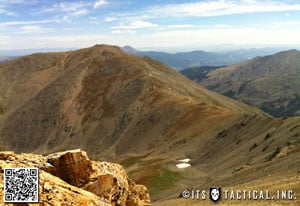 Prevention is possible by avoiding an abrupt ascent. You want to avoid ascents to altitudes above 10,000ft where you plan to spend the night. You should average no more than 1,000ft of elevation gain a day when above 10,000ft. Day trips to higher elevation with a return to lower altitude to sleep will aid in your acclimatization. Eating foods high in carbohydrates and low in fat and staying hydrated will help; avoid sleeping pills.
Prevention is possible by avoiding an abrupt ascent. You want to avoid ascents to altitudes above 10,000ft where you plan to spend the night. You should average no more than 1,000ft of elevation gain a day when above 10,000ft. Day trips to higher elevation with a return to lower altitude to sleep will aid in your acclimatization. Eating foods high in carbohydrates and low in fat and staying hydrated will help; avoid sleeping pills.
Loss of coordination and other symptoms of illness can progress quickly. Someone who could have walked down under their own power can easily require to be carried or evacuated by litter in just 12 hours. Never take a trip alone, even with cell phones and hand held radios. Always take a friend (or friends) and ensure that others know where you are going and when to expect you back. Rescues at altitude can become a tedious, difficult task depending on weather and location. Search and Rescue teams will have an easier time finding you if you prepare and plan ahead and someone knows what area you were heading to. Signaling devices and bright colors will also help identify you for daylight rescue; fires, chem. lights, strobes will help for a night time rescue.
Despite the dangers, the young and the old can have a great time at altitude. I climbed Pikes Peak with some friends a few months back and during my descent I saw several families climbing with their children. Many of the trails required no special equipment other then perhaps some gloves and a wind breaker. Temperatures will drop the higher you go, so even during the hot summer months you may experience chilly winds or hike through snow.
Symptoms and treatments listed in this article are by no means all inclusive. I am not a doctor. When in doubt, consult a physician. I’ve lived for two plus years at altitude and conducted several training classes for Medical Boot Camp, LLC at elevations over 9,000ft as well as mountain biking and hikes in the Colorado area including hiking up Pikes Peak.
If you are planning a trip, try to go with someone that has experience. Plan to give yourself some time to acclimatize, and don’t rush your ascent or you’ll have a terrible experience. I definitely recommend A Comprehensive Guide to Wilderness & Travel Medicine by Eric A. Weiss, MD. It is a handy pocket book, and easy to carry.
Don’t forget to take pictures wherever the altitude takes you. Bring your ITS Tactical challenge coin and show the ITS love! Post your photos on the ITS Facebook page, ITS Flickr Reader Photos Group or geocache some neat stuff like ITS stickers!
Editor’s Note: Cory is an Active Duty Sergeant First Class and has been a U.S. Army Medic for 19 years with multiple deployments overseas. Cory has over 13 years as an EMT-B and grew up hunting and fishing in the outdoors of North Dakota and enjoys outdoor sports as well as teaching wilderness and tactical medicine and First Responder courses for Medical Boot Camp, LLC. based out of Colorado Springs, CO. Cory is also a Plank Owner of ITS Tactical.






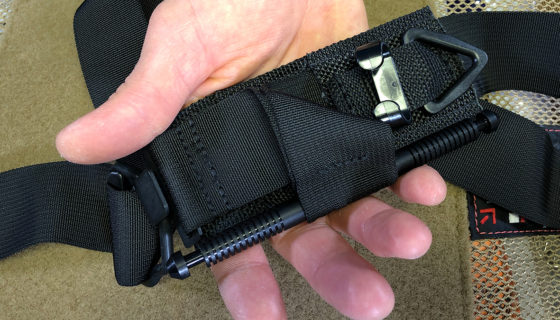
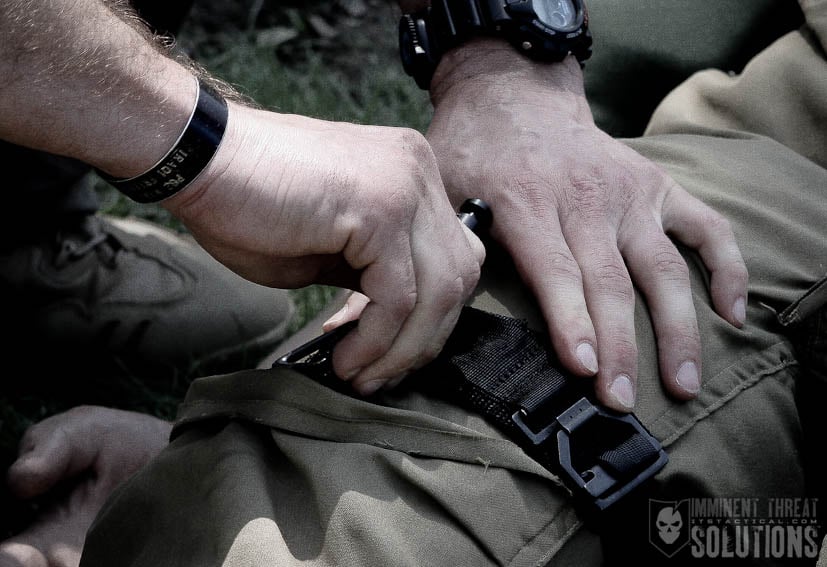
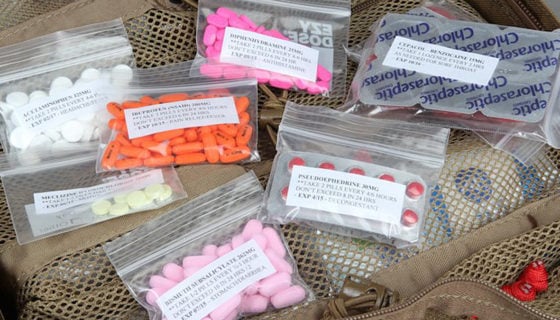
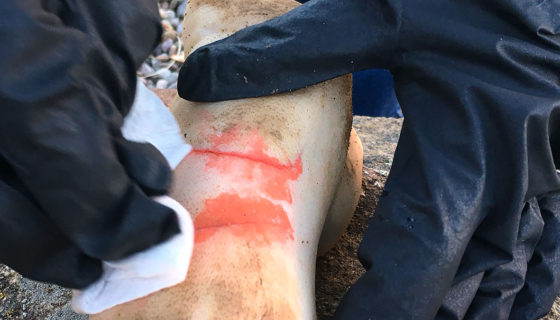

Discussion